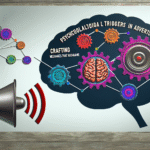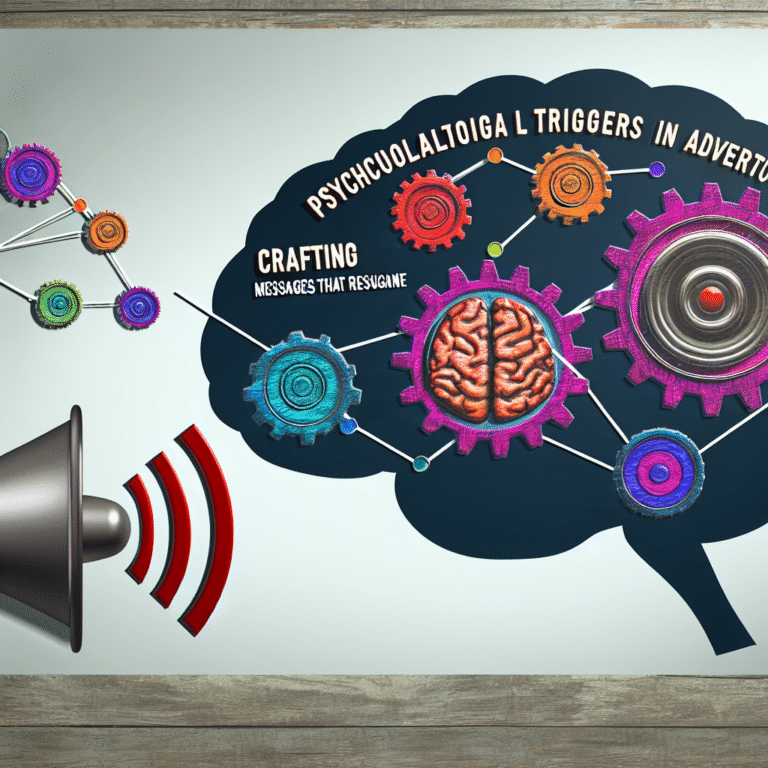
Introduction
Have you ever found yourself captivated by someone, forgetting about everything else as a rush of excitement washes over you? This complex phenomenon we call sexual attraction is a powerful driving force in our relationships and mating behaviors. Understanding sexual attraction: the science behind our desires is not just for researchers; it’s essential for anyone looking to navigate the labyrinth of human intimacy, connection, and relationships. In this extensive exploration, we will dissect the myriad components that contribute to sexual attraction—from biological imperatives and psychological influences to social dynamics and evolutionary perspectives.
The Biology of Attraction
Hormones: The Body’s Messengers
Biochemically speaking, our bodies are in a constant state of communication through hormones. Testosterone and estrogen, the primary sex hormones, play crucial roles in regulating sexual attraction. For instance, studies have indicated that higher levels of testosterone have been linked to an increased interest in sexual activity and attractiveness towards others.
Table 1: The Role of Key Hormones in Sexual Attraction
| Hormone | Role in Sexual Attraction |
|---|---|
| Testosterone | Linked to increased libido and attraction to potential mates |
| Estrogen | Influences feminine traits perceived as attractive |
| Oxytocin | Often dubbed the "love hormone," fosters bonding and attraction |
Pheromones: The Unseen Signals
Pheromones are chemical substances produced and released into the environment by animals, including humans. These odorless signals can evoke sexual attraction and intimacy. While research is ongoing, some studies suggest that pheromones may influence sexual behavior by signaling genetic compatibility.
Case Study: The Sweaty T-Shirt Experiment
In a fascinating study conducted by Claus Wedekind, participants were asked to smell T-shirts worn by other individuals and choose which scent they found most appealing. The results indicated that women preferred the scent of men with dissimilar immune system genes, highlighting a potential evolutionary mechanism aimed at enhancing genetic diversity in offspring.
Analysis: This study exemplifies how attraction is not merely social; it is deeply biological, driven by innate desires for compatibility and health.
The Psychology of Attraction
Availability Heuristic: The Role of Familiarity
Psychologist Robert Cialdini posits that familiarity increases liking, leading to the availability heuristic—where people often judge the frequency of occurrences based on how easily they can recall examples. Translated to attraction, people are often drawn to those they see regularly, be it at work, school, or even social media.
Attachment Styles: The Psychological Framework
Attachment theory suggests that the way we relate to others in close relationships stems from our early experiences with caregivers. Anxious, avoidant, and secure attachment styles can predict how individuals experience and express sexual attraction. For example, those with secure attachments tend to have healthier relationships as they can navigate attraction without excessive anxiety or reluctance.
Case Study: The Effects of Attachment Styles on Relationships
In a longitudinal study by researchers at the University of Maryland, couples were assessed on their attachment styles and relationship satisfaction over ten years. The findings revealed that those with secure attachment styles reported consistently higher satisfaction and stability in sexual attraction compared to those with avoidant or anxious styles.
Analysis: This study underscores the psychological foundations of attraction—showing that our emotional framework significantly influences our desires and choices in partners.
Social Dynamics: Culture and Society’s Influence
Societal Norms and Attraction
Cultural factors play a pivotal role in defining what is considered attractive at any given time. These norms are often shaped by media, social interactions, and historical contexts. For example, body ideals can vary dramatically between cultures, with some societies favoring lean figures while others prefer fuller shapes.
The Role of Media and Technology
In today’s digital age, social media platforms influence our perceptions of attraction by constantly bombarding us with images that set beauty standards. A 2022 survey revealed that individuals are increasingly shaping their self-image based on what they see online, affecting their attraction to others.
Table 2: Impact of Media on Sexual Attractiveness
| Medium | Effect on Attraction |
|---|---|
| Social Media | Increased emphasis on physical appearance |
| Movies/TV Shows | Establishing norms for ideal partners |
| Advertising | Reinforcement of superficial beauty standards |
Case Study: The Impact of Social Media on Attraction
A study conducted by the Pew Research Center found that nearly 70% of participants experienced pressure to meet beauty standards portrayed on social media. Additionally, 60% reported that this affected their self-esteem and, consequently, their attraction to others.
Analysis: The findings illustrate the paradox of social media’s allure—while it can bring people together, it can also distort personal perceptions of attraction.
Evolutionary Perspective
Darwinian Views on Sexual Attraction
Charles Darwin’s theory of sexual selection provides insight into why certain traits are attractive. Traits that suggest genetic fitness, such as symmetrical features or clear skin, are often subconsciously favored.
Mating Preferences: Short-Term vs. Long-Term
Research indicates that individuals often exhibit different mating strategies depending on their circumstances. For short-term relationships, individuals may prioritize physical attraction, while long-term relationships may focus on personality traits and emotional compatibility.
Case Study: The Preferences of University Students
A 2021 study involving university students outlined that when seeking short-term partners, participants reported being attracted to individuals with traits signaling health and fertility, such as physical symmetry. In contrast, when considering long-term partnerships, factors like kindness and reliability ranked higher.
Analysis: This study illustrates how attraction is not a one-dimensional concept—it evolves based on the relationship context and individual needs.
The Interplay of Attraction and Desire
Emotional Connection and Sexual Attraction
One of the most compelling insights is the interplay between emotional connection and sexual attraction. Research shows that a strong emotional bond can enhance physical attraction, leading to more satisfying intimate experiences.
The Role of Fantasies and Individual Desires
Sexual fantasies are often overlooked in discussions about attraction. They reflect personal desires and preferences that can reshape how individuals approach attraction in reality.
Case Study: The Link Between Emotional Bonding and Attraction
A study published in the Journal of Sex Research revealed that participants who engaged in emotionally intimate activities reported higher levels of sexual attraction towards their partners compared to those who did not.
Analysis: These findings highlight the importance of emotional intimacy in driving sexual attraction, suggesting that deeper connections can amplify physical desires.
Conclusion
Understanding sexual attraction: the science behind our desires offers invaluable insights into the complex interplay of biological, psychological, social, and evolutionary factors that shape our choices in partners. Whether you’re navigating the dating scene, seeking a deeper connection, or simply curious about human behavior, recognizing the layers that contribute to attraction can empower you to foster genuine connections and develop a healthier romantic life.
Actionable Insights
- Explore Emotional Depth: Aim for deeper emotional connections in your relationships, as they enhance physical attraction.
- Be Open to Diversity: Challenge societal norms and broaden your understanding of beauty and attraction.
- Focus on Healthy Relationships: Understand your attachment style and work on behaviors that promote secure connections.
FAQs
What is sexual attraction?
Sexual attraction refers to the emotional and physical desire toward another person, often accompanied by feelings of passion, intimacy, and the desire for sexual interactions.
How do hormones influence attraction?
Hormones such as testosterone and estrogen influence sexual desire and attraction by regulating libido and physical traits considered attractive.
Can attraction change over time?
Yes, attraction can evolve due to emotional connections, individual changes, or shifts in circumstances such as life events and personal growth.
What role does culture play in sexual attraction?
Cultural influences shape perceptions of attractiveness through norms, societal expectations, and media portrayals, impacting individual preferences and desires.
How can I enhance my sexual attraction with my partner?
Enhancing attraction can involve strengthening emotional bonds, engaging in shared activities, and maintaining open communication about desires and needs.
By grounding your understanding of sexual attraction in scientific principles, you can navigate the complexities of desire, ultimately leading to more fulfilling connections and enriching relationships.
















